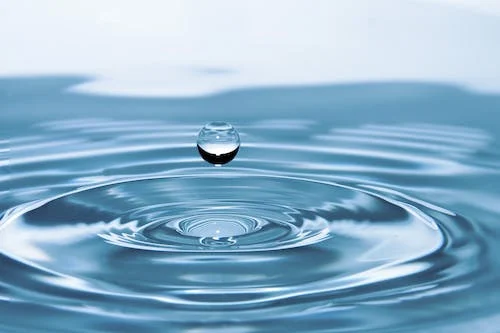The state’s Water Infrastructure Finance Authority has awarded more than $100M to 89 projects spread throughout all 15 Arizona counties under its $200M Water Conservation Grant Fund.
The rest of the grant money has to be assigned by June.
Any public entity and their partner nonprofits can apply for grants of up to $250K/project or $3M/program if they have a 25% match for the full costs.
At least one-third of the funds have to go to conservation projects focused on the Colorado River shortage, and a third must deal with groundwater replenishment, but there are no set criteria for awarding the grants, themselves.
The April to November 2023 application period saw a total of 273 applications received. Approximately 100 of the received proposals were forwarded to WIFA from the grant fund committee with recommendations to approve, deny or postpone.
WIFA divided applications into seven categories:
- Advanced meters or system upgrades,
- Efficient fixtures,
- Water recharge or reuse projects,
- Agricultural system upgrades,
- Turf removal,
- Research and education initiatives, and
- Vegetation management for watershed restoration.
While agricultural system upgrades had the most overall water savings, most of the proposals concerned installing advanced meters or performing system upgrades. WIFA representatives said they are focused on funding a range of strategies across the state, rather than focusing on return on investment.
Still, water savings can be significant. While agriculture projects yielded the highest returns, construction projects yielded anywhere from 500 to 79,000 gallons of saved water for every awarded dollar.
The $200M Water Conservation Grant Fund was created as a compromise measure attached to former Gov. Doug Ducey’s $1B water plan, which was initially focused only on augmenting supplies. The package that was eventually approved had $1B for long-term water augmentation and $200M for conservation.
WIFA hired HDR Engineering last year to help it ensure it is looking for and reviewing a broad range of long-term water augmentation possibilities.
WIFA staff members met with 80 industry representatives and took in 30 formal responses on water augmentation between September and mid-November of last year.
Both the conservation and augmentation efforts are partially funded through the federal American Rescue Plan Act. As part of the funding guidelines, all the funds must be assigned by December 2026. (Source)

